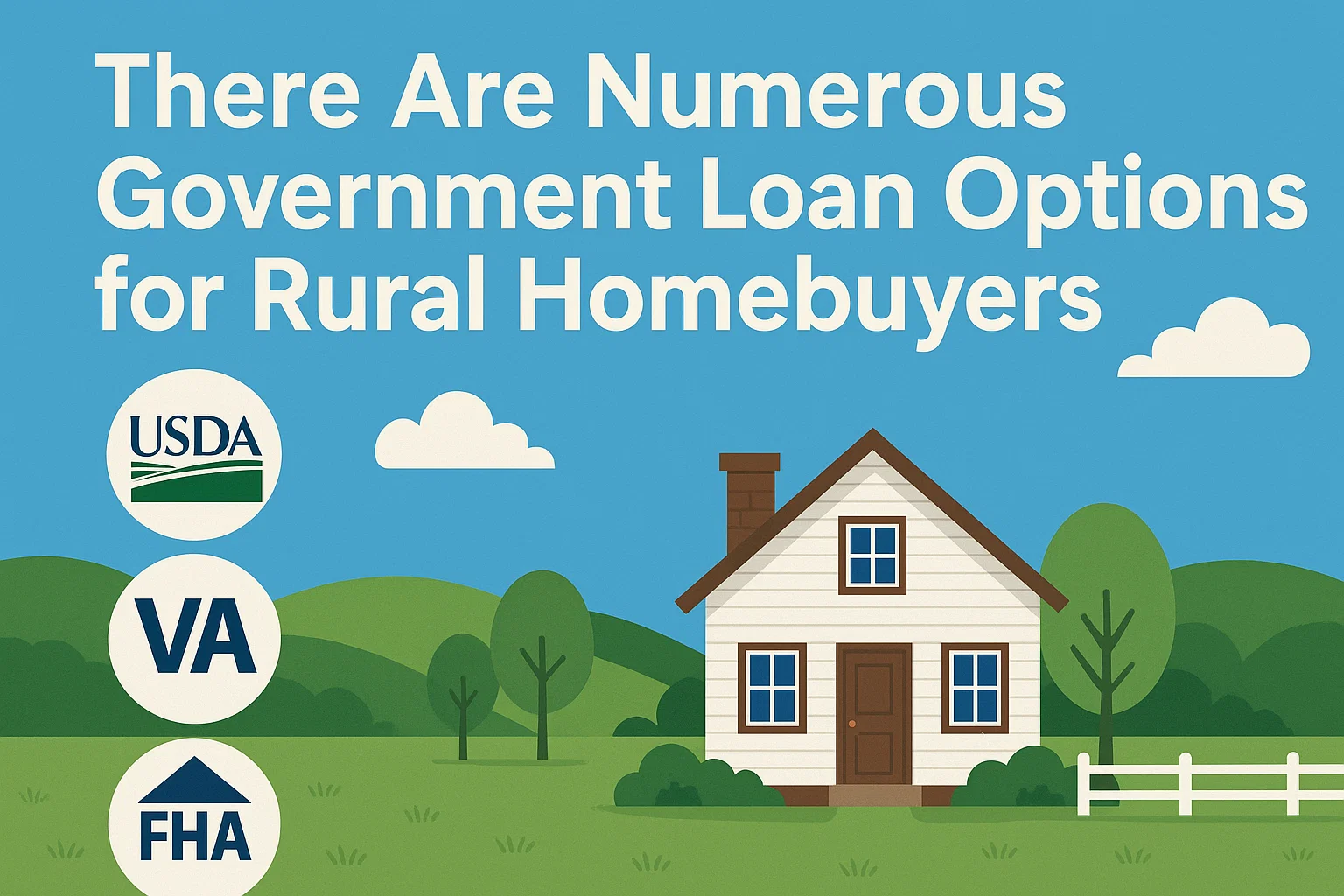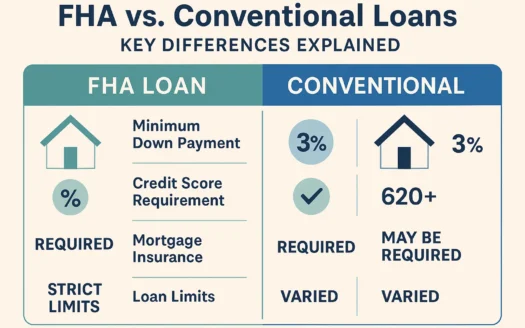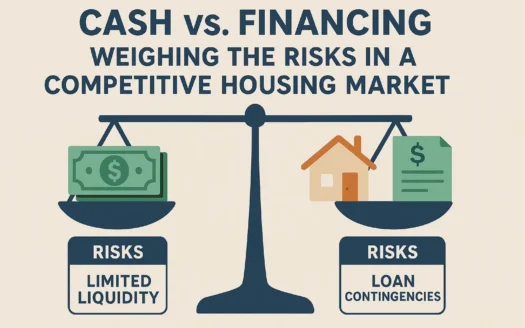There Are Numerous Government Loan Options for Rural Homebuyers

There Are Numerous Government Loan Options for Rural Homebuyers
When late-night comedians start joking about Fannie Mae and Freddie Mac, you know these quasi-government agencies have reached the public consciousness. Though now in conservatorship, Fannie and Freddie continue to fuel the mortgage market by purchasing loans from private lenders, packaging them into securities, and selling them to investors. This process injects liquidity into the system, enabling lenders to issue more loans.
Beyond these well-known entities, two lesser-known federal programs deserve attention: Farmer Mac and the Department of Agriculture’s Rural Housing Service (RHS). Both target rural homebuyers, but the definition of “rural” might surprise you—many eligible areas are closer to cities than expected.
Exploring Farmer Mac: Loans for Rural Properties
Farmer Mac (officially the Federal Agricultural Mortgage Corporation) was established by Congress in 1988 to support agricultural real estate and rural mortgages. Unlike Fannie and Freddie, Farmer Mac focuses on rural properties with acreage. Key details include:
Eligibility and Loan Terms
- Property Requirements: Must be a single-family home or second home supporting agricultural production. Properties under five acres require $5,000+ in annual agricultural sales; larger properties have no sales requirement.
- Loan Amounts: Up to $12 million (or $30 million for high-value properties under 1,000 acres).
- Down Payments: 70% loan-to-value for loans ≤$5 million; 60% LTV for larger loans (40% downpayment).
- Loan Types: Fixed- or adjustable-rate mortgages with 7- to 30-year terms.
To apply, borrowers must be U.S. citizens or permanent residents. Find participating lenders at www.farmermac.gov.
USDA Rural Housing Service (RHS) Programs
The USDA’s RHS offers loans, grants, and guarantees for rural homebuyers—even in areas you might not expect. For example, parts of Los Angeles County qualify as “rural” under RHS guidelines (population ≤35,000). Key programs include:
Guaranteed Loan Program
- Loan Coverage: Up to 100% of home value, with a 90% government guarantee.
- Additional Costs: Closing fees can be rolled into the loan, creating a 105% mortgage.
- Income Limits: Borrowers must earn ≤115% of the median U.S. income. Examples:
- Austin, TX: $83,250 (1 person) to $109,000 (8 people).
- Denver, CO: $103,350 to $136,400.
- Cook County, IL: $97,300 to $128,450.
Section 502 Direct Loans
- Zero Downpayment: 100% financing for low-to-moderate-income borrowers.
- Extended Terms: Repayment periods up to 33 years (38 years for very low-income households).
- Income Limits: Lower than guaranteed loans. Examples:
- Austin, TX: $40,550 (1 person) to $76,450 (8 people).
- Denver, CO: $50,350 to $94,900.
- Chicago, IL: $47,400 to $89,350.
Why Consider These Programs?
Whether you’re a hobby farmer, seeking a rural lifestyle, or simply looking for affordable financing, these programs offer flexible terms and generous eligibility criteria. With “rural” definitions broader than many realize, they’re worth exploring for buyers in both remote and semi-rural areas.



